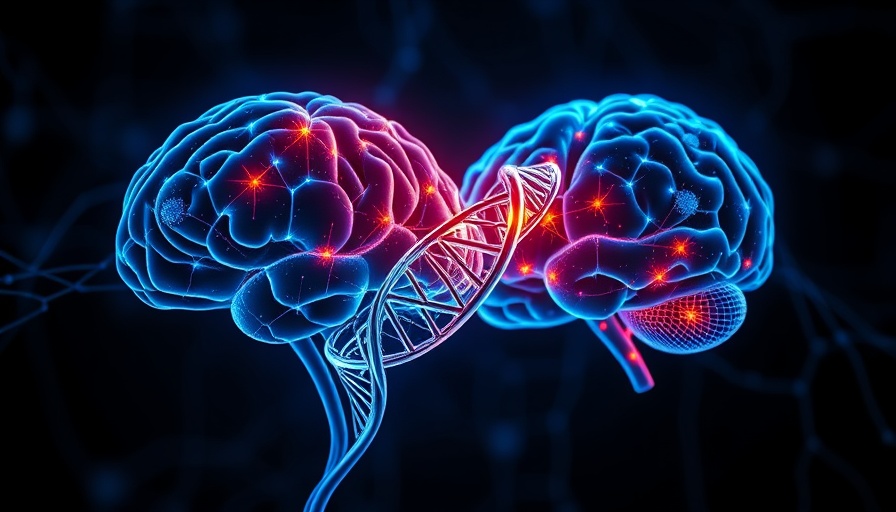
Unlocking the Future of AI: Sakana AI’s Game-Changer
A new evolutionary technique from Sakana AI, a pioneering lab based in Japan, is transforming the landscape of artificial intelligence development. With their innovative Model Merging of Natural Niches (M2N2), developers can enhance AI capabilities without incurring the burdensome costs of extensive retraining. This breakthrough offers exciting opportunities for businesses and tech professionals alike, allowing for the creation of powerful, custom-built AI models efficiently.
Understanding Model Merging
Model merging is a revolutionary technique utilized in AI to integrate the knowledge embedded within various specialized models into a single, enhanced model. Unlike traditional fine-tuning, which focuses on refining a singular model, merging synthesizes the strengths of multiple models simultaneously. This not only streamlines the process but also consolidates a wealth of insights, making it a compelling option for enterprises aiming to elevate their AI capacities.
The Advantages of M2N2: A Gradient-Free Approach
Sakana AI’s M2N2 method presents several practical benefits over conventional approaches. The authors of the methodology emphasize that model merging is gradient-free, meaning it does not require time-consuming updates that fine-tuning typically entails. This makes M2N2 a cost-effective solution, as it only necessitates forward passes—conserving resources and reducing computational loads.
Additionally, it alleviates the challenge of requiring meticulously balanced training data, further mitigating the risk of a common issue known as “catastrophic forgetting,” where a model loses its initial capabilities upon learning new tasks. The flexibility of M2N2 also means that developers can proceed without access to original training datasets, making it particularly valuable when such data is absent.
A Closer Look at the M2N2 Process
The method employs evolutionary principles akin to those found in nature, enhancing its ability to explore a broader spectrum of potential model combinations. One of its standout features is the abandonment of fixed merging boundaries—established parameters are replaced by flexible split points. For example, M2N2 might allow the merging process to blend 30% of characteristics from one model with 70% from another, leading to more adaptable and effective models.
The Implications of M2N2 for Business Leaders
For business owners and tech professionals, adopting the M2N2 approach means gaining a competitive edge. The flexibility and cost savings associated with M2N2 can empower companies to delve into AI innovations without the typical high costs and resource demands. This might inspire a new wave of AI adoption, where businesses can create niche-specific models that suit their unique operational needs with greater ease and efficiency.
Future Predictions: The Evolving Role of AI
As industries continue to expand their reliance on AI technologies, innovations like M2N2 signal a future where creating sophisticated models is more accessible than ever. This democratization of AI model development could usher in unprecedented advancements, with organizations now empowered to tailor solutions that directly address their challenges. A rise in agile and innovative approaches could create a vibrant ecosystem of AI-driven solutions across multiple industries.
In conclusion, Sakana AI’s M2N2 technique exemplifies the future of AI development—efficient, cost-effective, and adaptive. By blending powerful elements from varied models, businesses can harness AI’s true potential and drive their operations forward with confidence. As AI continues to disrupt traditional business models, the right technology will be key to staying ahead of the curve. Embrace this evolution as an opportunity to innovate.
 Add Row
Add Row  Add
Add 




Write A Comment